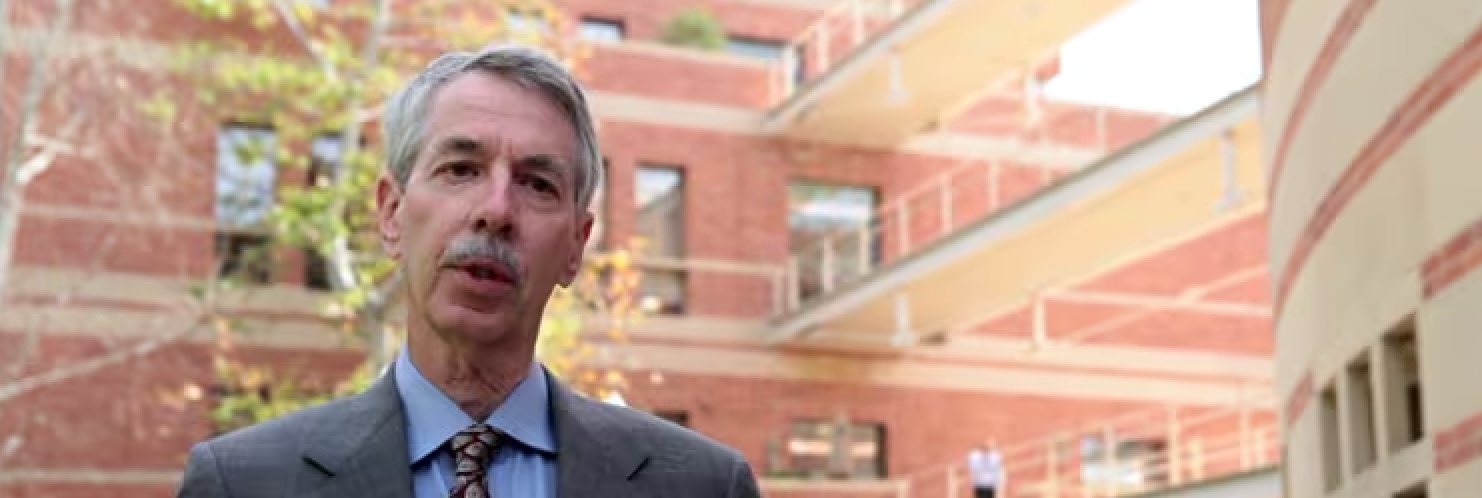Comments
- No comments found

Social scientists and policy analysts often work with numbers.
But for the rest of humanity–including, say, voters–the numbers may not mean much. Ed Leamer is a prominent econometrician, which means that among other virtues he knows how the quantitative games are played. Way back in 1983, in a now-classic article called “Let’s Take the Con out of Econometrics,” he was pointing out that if you chop a dataset into enough separate parts, and then apply a large enough variety of statistical effects to each part, you can pretty much almost always get some results that confirm your biases and preferences.
For some discussion of how economists have tried to address this challenge, a useful starting point is the four-paper symposium on “Let’s Take the Con out of Economics” in the Spring 2010 issue of the Journal of Economic Perspectives (where I work as Managing Editor), which includes an article from Leamer.
Here, I just want to point out a comment from Leamer in a book review that is forthcoming in the Journal of Economic Literature. The book is The Unequal Effects of Globalization, by Pinelopi Koujianou Goldberg with Greg Larson, but Leamer’s point is more broadly applicable. He writes:
After teaching econometric theory at the PhD level for many years, I switched to “Turning Numbers into Knowledge,” and I tried to leave behind three words: pictures, stories, and numbers, emphasizing that humans are best at processing images, pretty good with stories, and no one really understands the numbers. When I arrived on the academic scene, economist opinions about globalization were almost 100 percent story based (theory). Mathematics was used to “prove” that free trade is the best option for a country, using the words “Pareto efficiency” to explain the neglect of the income redistribution that comes with a rise or fall of trade barriers. Numerical evidence became more prevalent in international economics in the 1990s …
Leamer’s comment resonated with me for a couple of reasons. One is the casual way that he equates economics based on mathematical proofs with “story-telling.” I sometimes hear a comment from economists along the lines: “If we don’t do the math, it’s just story-telling.” I agree, but would also add: “If we only do the math, it’s just story-telling.” The intellectual action of economics as a social science happens when the insights from mathematical theory, statistics, and logic must be blended with knowledge about markets, people, history, laws, organizations, and social structures.
In addition, Leamer’s description of economic persuasion dovetails with some of what I often do on this website: that is, tell a “conversable” story and include some graphs for the pictures. I sometimes offer a brief sketch of how a certain estimate or number was calculated. Nothing here should be taken as a discouragement to the social science researchers who used clever methods to generate more believable statistical estimates. But yes, my sense is that what people “know” is more determined by images and stories, which has implications for how research in economics is best communicated for those outside the seminar room.
Timothy Taylor is an American economist. He is managing editor of the Journal of Economic Perspectives, a quarterly academic journal produced at Macalester College and published by the American Economic Association. Taylor received his Bachelor of Arts degree from Haverford College and a master's degree in economics from Stanford University. At Stanford, he was winner of the award for excellent teaching in a large class (more than 30 students) given by the Associated Students of Stanford University. At Minnesota, he was named a Distinguished Lecturer by the Department of Economics and voted Teacher of the Year by the master's degree students at the Hubert H. Humphrey Institute of Public Affairs. Taylor has been a guest speaker for groups of teachers of high school economics, visiting diplomats from eastern Europe, talk-radio shows, and community groups. From 1989 to 1997, Professor Taylor wrote an economics opinion column for the San Jose Mercury-News. He has published multiple lectures on economics through The Teaching Company. With Rudolph Penner and Isabel Sawhill, he is co-author of Updating America's Social Contract (2000), whose first chapter provided an early radical centrist perspective, "An Agenda for the Radical Middle". Taylor is also the author of The Instant Economist: Everything You Need to Know About How the Economy Works, published by the Penguin Group in 2012. The fourth edition of Taylor's Principles of Economics textbook was published by Textbook Media in 2017.
Leave your comments
Post comment as a guest